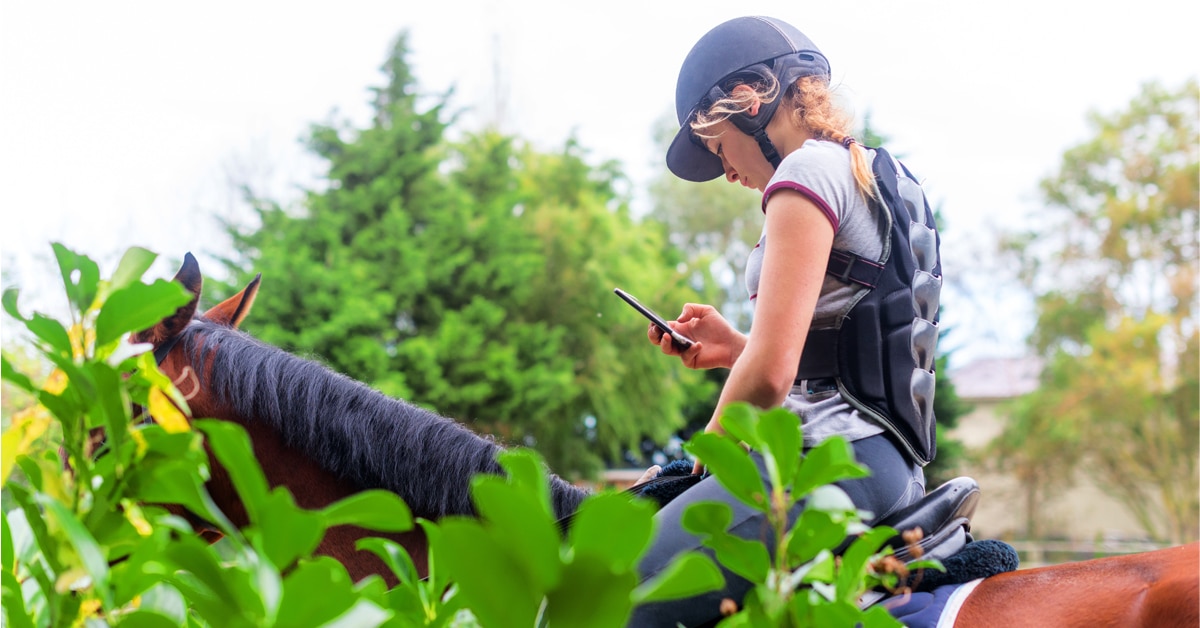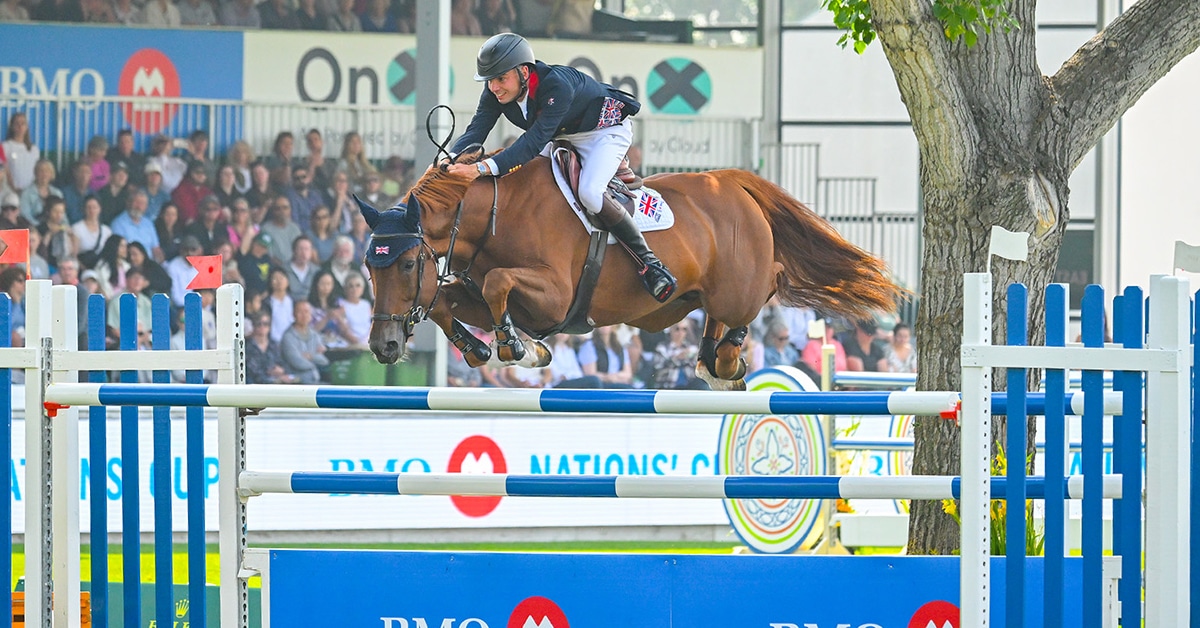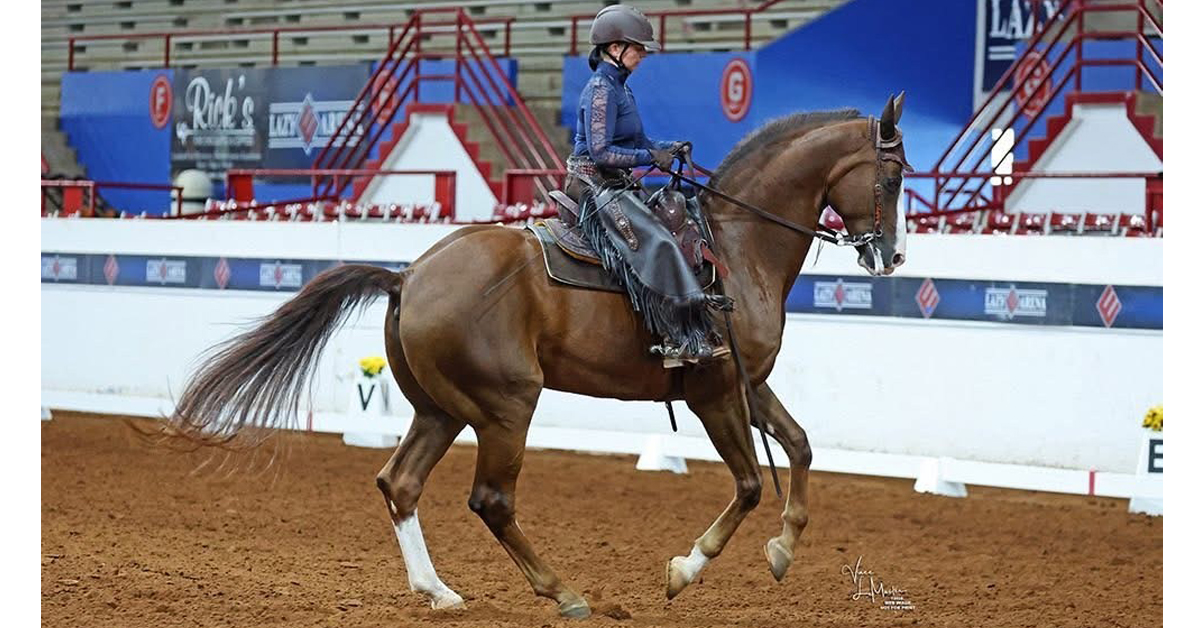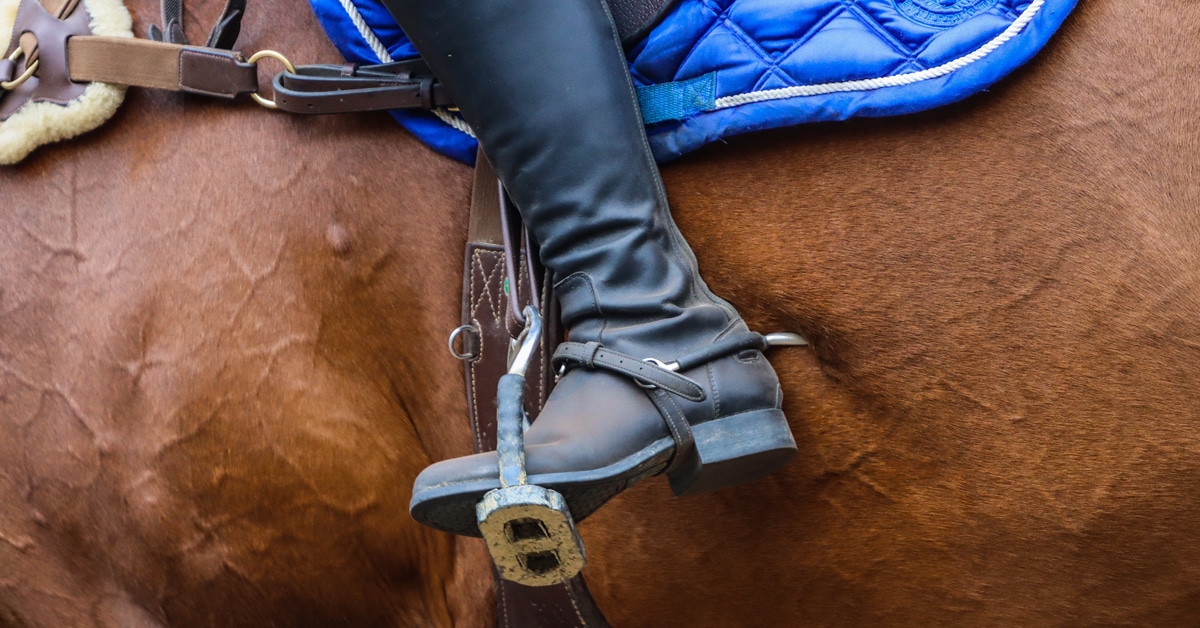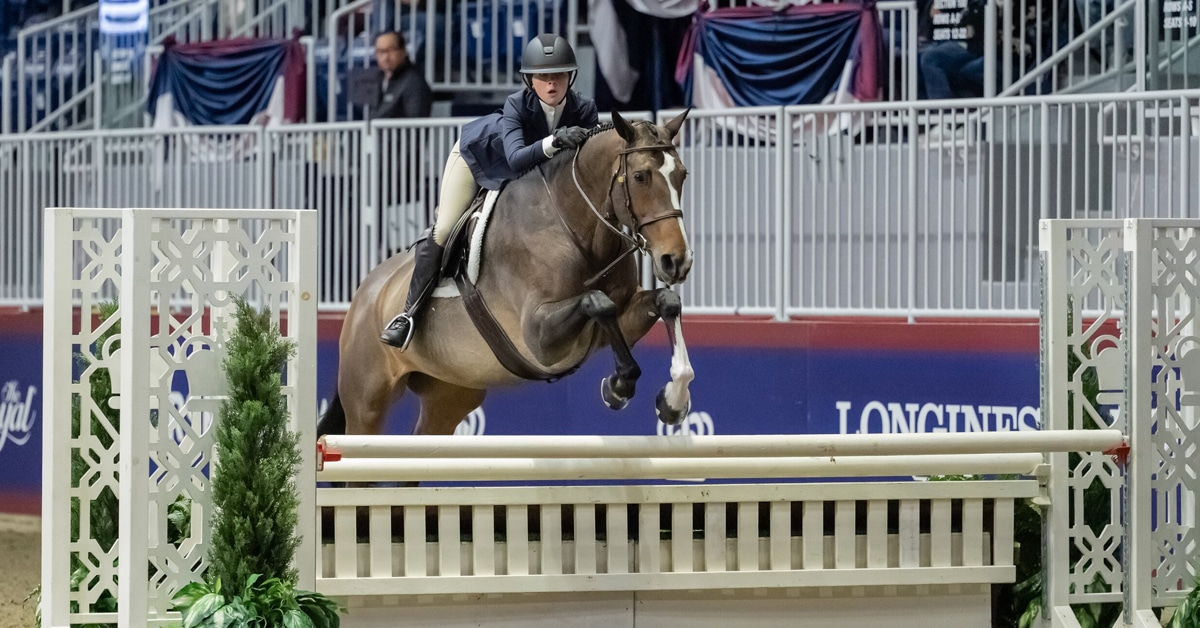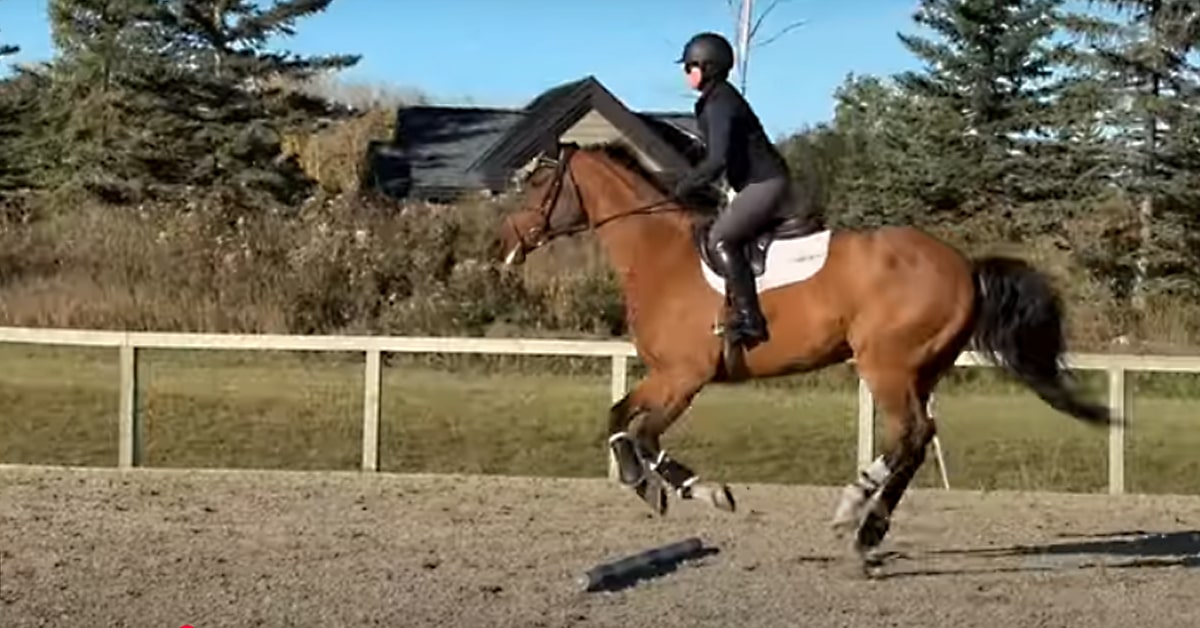Equestrian sports are commonly concluded as one of the most dangerous sports, both for riders and equine athletes. One of our earlier short communications showed researchers had identified clear links between improvements in equine welfare and subsequent reduction of reactivity and spooking behaviour, resulting in improved rider safety. While traditional horse training practices were often harsh, ‘dominance-based’ approaches which failed to consider horse welfare, there has been a rise in scientific literature and professional riders promoting more welfare-centric, reward-based methods of training.
Over the last decade, canine training methods have come under scrutiny, and a large overhaul has taken place. Many canine trainers are now advocating for reward-based, ‘fear-free’ methods of training, using the operant conditioning principles of positive reinforcement (providing a rewarding stimulus, for example a treat, to increase the likelihood of a behaviour being performed again) and negative punishment (the removal of a rewarding stimulus to decrease the likelihood of a behaviour being performed again). This typically presents as rewarding the behaviour we wish to see, and ignoring the behaviour we do not want to see repeated.
Despite learning theory principles underpinning all aspects of animal training, previous work identified most equestrians, even qualified coaches, have a limited understanding of learning theory.
In our earlier reviews, we have additionally identified the risks to equestrianism’s social licence and conflict behaviours in ridden horses. While a large proportion of canine trainers in the UK are using reward-based methods, horse training predominantly focuses on using negative reinforcement (the removal of the negative stimulus when the horse performs the desired behaviour e.g. stopping whipping, spur pressure, or pulling on the bit).
Despite learning theory principles underpinning all aspects of animal training, previous work identified most equestrians, even qualified coaches, have a limited understanding of learning theory. The lack of learning theory knowledge is likely to contribute to poorly-timed application of aversives, causing confusion, reducing learning and potentially impeding welfare.
Classical and operant conditioning (associative learning) and habituation and sensitisation (non-associative learning) are the most widely utilised models of animal learning. The widespread use of pressure and release in equine training (e.g. Dually headcollars) is based upon negative reinforcement methods, whereby an unpleasant stimulus is applied and removed from the animal as soon as they offer the desired behaviour, and the reward is the removal of the unpleasant stimulus. Despite such learning theory methods being widely used and promoted by trainers, coaches and horse owners, lack of understanding of learning theory is likely to inhibit appropriate timing of application/removal of the aversive stimulus.
The same issues can arise with the use of positive punishment in horse training (e.g. use of a whip when horse refuses a jump) – if the aversive is not applied at the correct time, confusion for the horse and lack of learning are likely to occur. The use of positive punishment in training has additionally been associated with learned helplessness and negatively impacts the horse/human relationship.
The use of positive reinforcement training for horses over the last decade has been met with mixed opinions – there have been concerns it may promote biting, ‘mugging’ or harassment to people. Recent research has identified that the use of reward-based methods may promote a positive affective state which promotes learning, whereas horses trained using punishment-based methods are more likely to have negative affective states, with such training methods having adverse affects on performance and the human-animal bond. It is likely that the use and application on training methods are will impact horse learning, behaviour, performance and welfare – and a lack of knowledge of learning theory may further perpetuate these issues.
A recent publication by scientists at the Central Queensland University in Australia sought to determine whether equestrians’ knowledge of learning theory principles was associated with horse welfare and rider safety. The researchers recruited 394 Australian sport and recreational riders from a range of disciplines via social media, and participants were required to complete a questionnaire which covered riders’ understanding of learning theory, rider safety and satisfaction and horse welfare. The majority of respondents were female, and most respondents were intermediate (49%) or advanced (38%) level riders. Nearly one quarter of respondents correctly identified all learning theory terminology. Within specific terminology, 99% identified positive reinforcement correctly and 59% correctly identified punishment, however only 28% correctly identified negative reinforcement.
Knowledge of learning theory did not decrease the likelihood of rider accidents and injuries, and rider competency was not impacted by learning theory knowledge.
Welfare scores from the questionnaire evidenced that most respondents’ horses were in ‘good’ welfare, with the majority living outdoors with one or more conspecifics; however, better knowledge of learning theory did not appear to influence welfare measures. Most horses had performed hyperactive behaviour within seven days prior to completing the questionnaire, with spooking being the most common hyperactivity behaviour performed, yet better knowledge of learning theory did not influence behavioural hyperactivity. Similarly, knowledge of learning theory did not decrease the likelihood of rider accidents and injuries, and rider competency was not impacted by learning theory knowledge.
The study concluded that while greater emphasis has been placed on training, learning theory principles and promotion of reward-based training methods in ethical equestrianism, knowledge of learning theory was lower than expected in sports and recreational riders. The authors did identify that their results were contradictory to earlier literature, who identified rider safety and horse welfare improved as knowledge of learning theory increased, and deduced this may have been related to poor survey construction. Assessing knowledge of learning theory via questions and scenarios in a questionnaire is likely to always be more challenging than assessing participants in focus groups, and therefore future studies looking into rider or trainer knowledge and welfare and safety outcomes could consider recruiting stakeholders and individuals into small focus groups.
With the spotlight continuing to shine on equestrian sports in terms of welfare, safety and the risks to social licencing, measures equestrians can take to improve horse welfare and rider safety should be implemented. While the current study failed to identify links between improved rider knowledge of learning theory, horse welfare and rider safety, older publications do show a positive impact. Inhibited welfare in horses is a systemic, multi-faceted issue, and the authors identified the task of improving welfare is inhibited by the complexity and size of the issue. Nevertheless, without engaging equestrians and promoting the benefits of alternative training approaches, it is unlikely that riders may seek alternative approaches to training alone.
Surely the most dangerous phrase in any avenue of life is “but we have always done it this way.”
The authors suggested the development of a new training framework may be the best approach to engage equestrians, challenge traditional mindsets and provide new directions for horse training. While we are considering the tack we ride in, the image we portray to the general public and how we are portrayed in the media, maybe it is additionally time for us all to consider the way we train horses, brush up on our knowledge of learning theory, and seek alternative approaches for starting, training and managing our horses to improve welfare. After all, surely the most dangerous phrase in any avenue of life is “but we have always done it this way.”
Click here to read the full original publication.
The Latest
